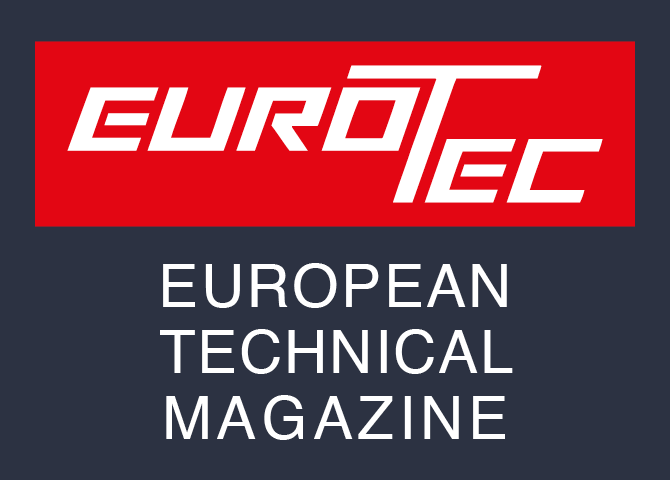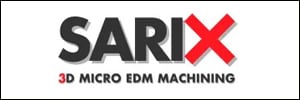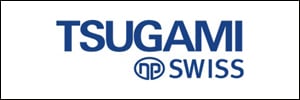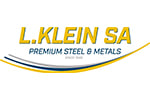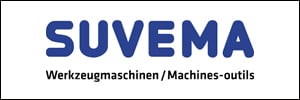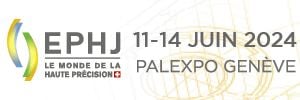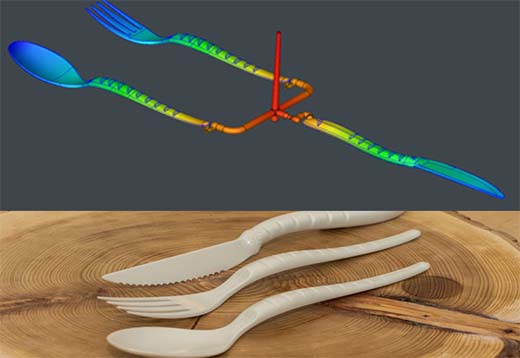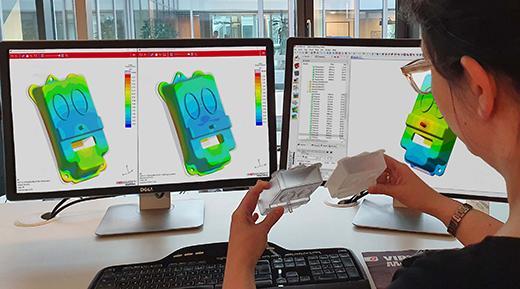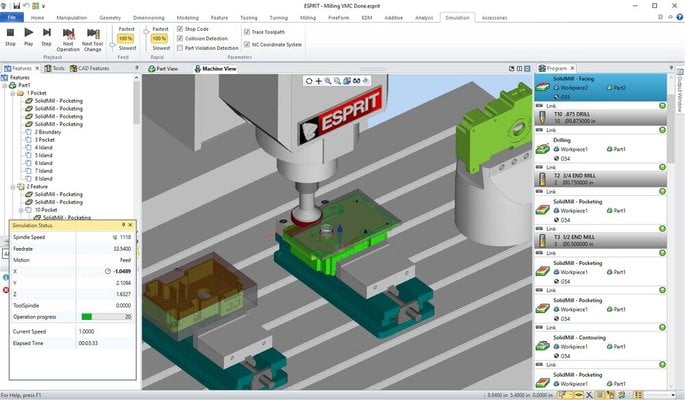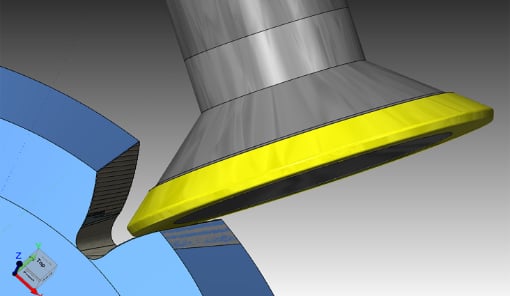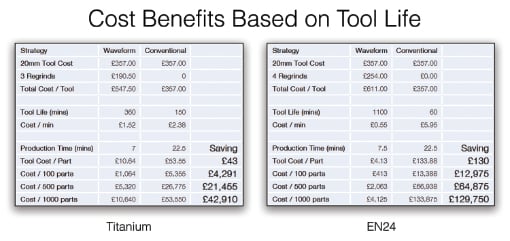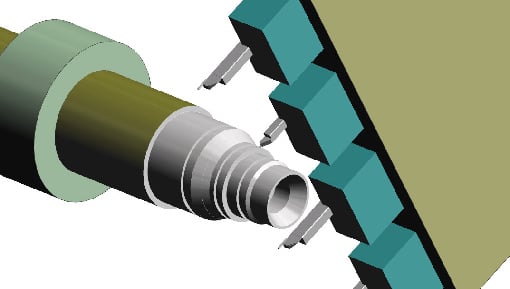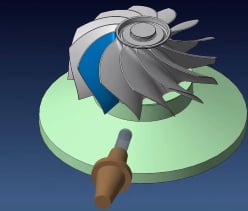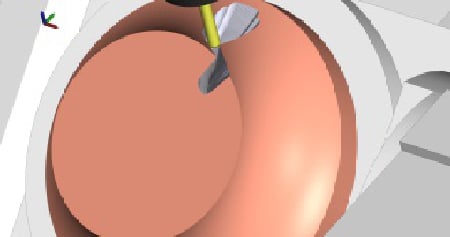The reduction of cycle time is an essential condition in every injection molding operation. At the same time, it is important to deliver the required part quality in terms of dimensional stability. SIGMASOFT Virtual Molding with its Autonomous Optimization technology allows comparing multiple scenarios in terms of cooling placement and mold material, to achieve both conditions at the minimum cost per part.
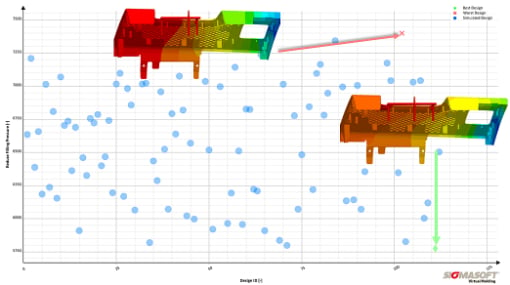
The reduction of cycle time is crucial in every injection molding operation. At the same time, it is important to deliver the required part quality in terms of dimensional stability. While many molding operations tend to extend the cooling time inside the mold to achieve the minimum possible part deformation, a proper selection of mold materials and placement of cooling lines can help to dramatically reduce cycle time while at the same time delivering the expected dimensional behavior of the part.
A component for an automotive application was being molded with a cycle time longer than expected; a circumstance that heavily compromised the profitability of the molding operation. In this case, it was seen that the part had several hotspots after molding, and whenever the cooling time was reduced, the part distortion reached unacceptable limits.
To avoid the hotspots, the molder identified two possible solutions: improving the placement of cooling lines and introducing highly conductive alloys at some specific locations in the mold. However, this tooling modification came at a heavy price, and it was important to acknowledge upfront the best possible configuration, and to assess the economic benefit of the modification.
With SIGMASOFT Virtual Molding, a virtual DoE – included in the Autonomous Optimization technology – was started. In the example, two targets were pursued simultaneously: reducing molding cycle time while at the same time keeping low tooling costs. To achieve them, the cooling lines were modified through several iterations, and the material of specific inserts was changed.
“The iteration process took in total about 176 designs, completed in about 50 hours”, explained Gabriel Geyne, SIGMASOFT Virtual Molding engineer in charge of the project. “However, from these only 3 hours were actual engineering labor and the rest was computer calculation time. After this, the optimal mold design was found.”
The exploration of all possible conditions allowed a cycle time reduction from 40 to 30 seconds. While the inserts were more expensive, all in all the molding process reduced costs by $48.930 over 250.000 molded parts.
